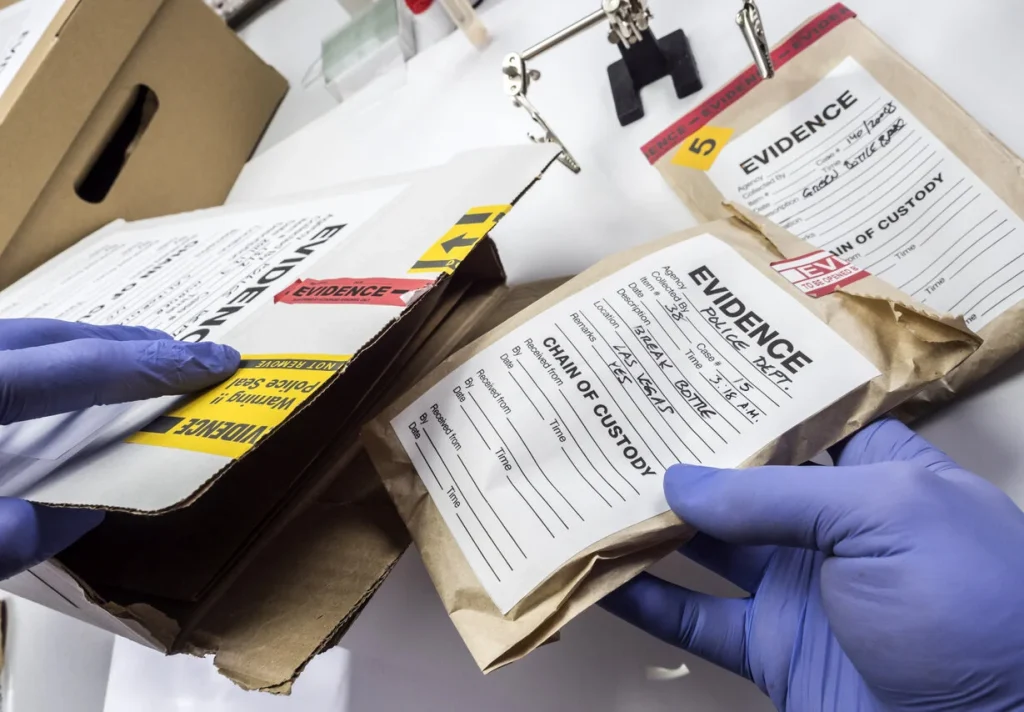
When a loved one passes away in jail, the mourning is instant but returning them to their family can be agonizingly slow, costly, and filled with silence. As one grieving brother said, “You would think that [the] sentence ends at death, but that’s not true.” Throughout the United States, families are themselves struggling through an obstacle course of bureaucratic barriers, confusing policies, and rising expenses, all while seeking to allow a family member they lost in detention to come home in peace.

1. Delays That Deepen Grief
In a minimum of 18 states, suspicious deaths cause lockdowns and crime scene procedures with no predetermined deadlines for the investigations to be completed. This can result in weeks or months before the remains or personal effects are released. For Donald Prutting, whose brother Kenneth was killed by leukemia while in federal custody, the wait was almost three weeks before the body was released, followed by a paperwork blunder that left it stranded at an airport for two additional days. Delays like these aggravate mourning, trapping families in limbo and unable to initiate mourning rituals.

2. The Financial Burden on Families
Fees for transporting and burying a deceased loved one frequently rest with next of kin alone. In Nevada, Courtney Crosby’s family was charged more than $4,000 to transport her father’s body back home. Independent autopsies essential to families that dispute official narratives cost thousands more. These burdens fall hardest on poor and working-class communities, the communities most victimized by incarceration. Nationally, families pay an average of $4,200 a year per incarcerated relative, with Black families paying an even stiffer price at $8,005.

3. Short Deadlines, High Stakes
State policies, such as in New York, Texas, and California, provide families with as few as 48 hours to retrieve a body before it is declared “unclaimed” and, in some cases, cremated or buried on the prison site. In Utah and Pennsylvania, the deadline is five days; in North Carolina, ten. These tight time frames create rushed choices without complete information and can prevent independent scrutiny.

4. Property Held as Evidence
Deceased people’s belongings are often considered as evidence, stored until investigations are closed sometimes for months. Crosby took almost four months to receive her father’s shoes, letters, and sweatpants, only to see valued items gone. At least 13 prison systems permit property to be retained until investigations are completed, with no apparent appeal process for families if property is lost or destroyed.

5. Communication Gaps and Withheld Information
Alycia Welch of the Prison and Jail Innovation Lab discovered numerous agencies do not specify when notifications should occur, what information can be released, or who is to provide updates. Without specific guidelines, the default is secrecy. Families tend to find out more from the funeral director than from prison administrators, as with Prutting’s situation, where nobody from the Bureau of Prisons reached out to him aside from the initial notification of death.

6. Failures of the Data That Conceal Accountability
Efforts to monitor deaths in custody since the Death in Custody Reporting Act (DCRA) were undermined by incomplete and inaccurate data. The Marshall Project found hundreds of missing records and determined that 77% of entries contained insufficient detail about how the person died. Without accurate data, policymakers will be unable to respond to systemic failures and avert future deaths, depriving families of transparency they deserve.

7. Psychological Impact of Bureaucratic Delays
Grief specialists point out that bureaucratic delays interfere with the natural grieving process. Long-term uncertainty has the potential to amplify trauma, particularly when families suspect negligence or abuse. As one researcher commented, “It’s the human factor that’s missing here… families… deserve answers no matter what.” Empathetic, timely communication is needed to enable families to start healing.

8. Directions Toward Change
Some states give a glimpse of a more compassionate approach. Virginia and West Virginia give bereavement manuals with the investigative procedures and how to make a request for information. Federal legislators have proposed the Family Notification of Death, Injury or Illness in Custody Act to standardize and enhance communication. Professionals demand reforms based on compassion, openness, and explicit timelines, such as documentation and photographing property to facilitate timely release.

9. Restoring Dignity in Final Arrangements
Families also invent rituals to restore dignity to their loved ones. Prutting stored his brother’s remains near him until the Knicks’ playoff run was over a team Kenneth adored. Crosby’s family bought vacant plots next to her father’s burial site so he wouldn’t be “squeezed” in like in prison. These small gestures, while insignificant, provide some relief in a process that can be dehumanizing.
For those who experience such a tragedy, activists advise to record all encounters, submit preservation requests for documentation, and consult attorneys promptly. Reforms may be glacial, but doing so can enable families to defend their rights, seek accountability, and remember their loved ones amid institutional callousness.


